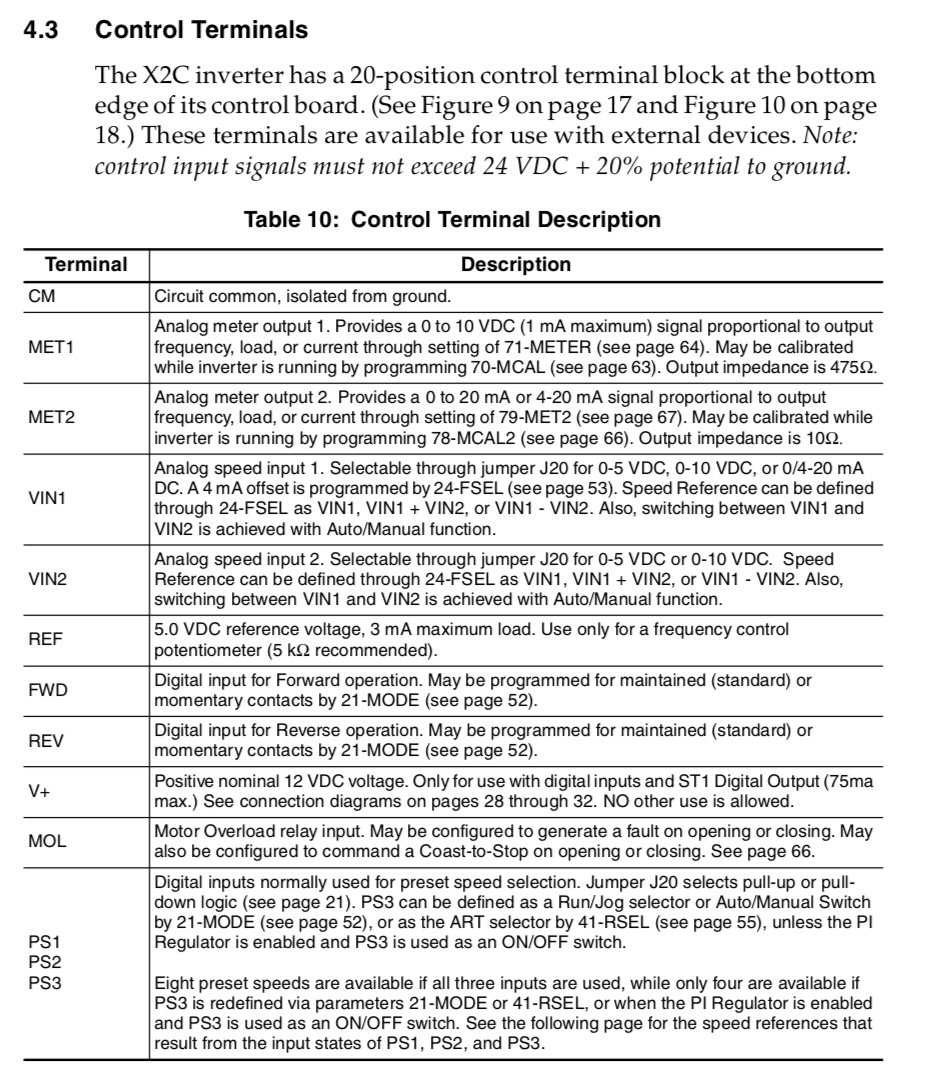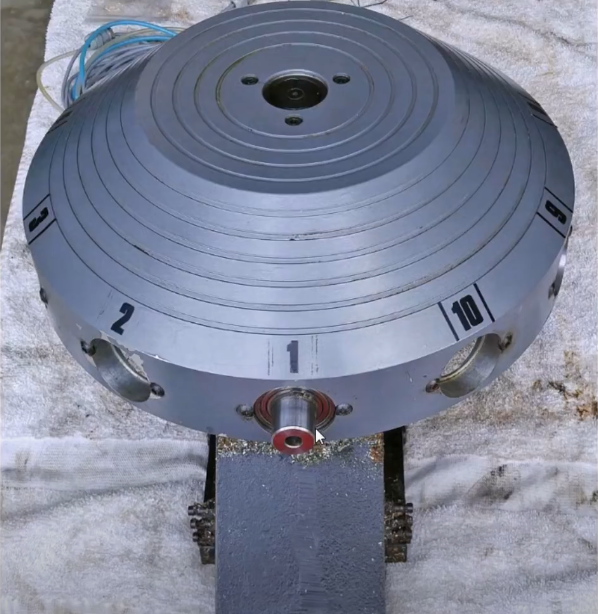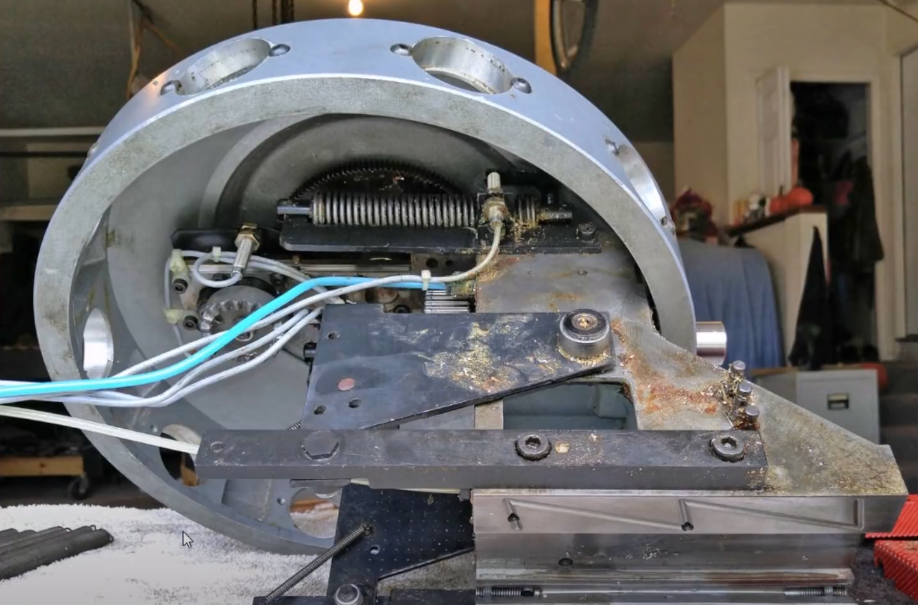Search Results (Searched for: stepper spindle)
- Gautham
- Gautham
29 Aug 2025 02:43
Replied by Gautham on topic Connecting my 7i96s to the VFD
Connecting my 7i96s to the VFD
Category: Driver Boards
- russkinch

28 Aug 2025 09:07
Stepperonline A6-1000EC driver was created by russkinch
Stepperonline A6-1000EC driver
Category: EtherCAT
- lj
- lj
26 Aug 2025 06:05
Replied by lj on topic ESP32 HAL2UDP setup for linux CNC noob.
ESP32 HAL2UDP setup for linux CNC noob.
Category: Computers and Hardware
- rhscdn
- rhscdn
14 Aug 2025 03:07 - 14 Aug 2025 03:13
Axyz retrofit - spindle wiring 7i96 was created by rhscdn
Axyz retrofit - spindle wiring 7i96
Category: CNC Machines
- hitchhiker
- hitchhiker
13 Aug 2025 15:35
Replied by hitchhiker on topic ECMO VMC100 Retrofit with Carousel/Toolchanger
ECMO VMC100 Retrofit with Carousel/Toolchanger
Category: Milling Machines
- juergen-home
- juergen-home
13 Aug 2025 09:37 - 13 Aug 2025 09:40
Replied by juergen-home on topic "pwm/dir" (Out1) switches for spindle CCW
"pwm/dir" (Out1) switches for spindle CCW
Category: Basic Configuration
- konrad
- konrad
05 Aug 2025 15:24
Replied by konrad on topic prevent jog limit error
prevent jog limit error
Category: General LinuxCNC Questions
- Cysign
- Cysign
01 Aug 2025 11:19
Interfaces & linear scale for LinuxCNC was created by Cysign
Interfaces & linear scale for LinuxCNC
Category: General LinuxCNC Questions
- rhscdn
- rhscdn
31 Jul 2025 14:16 - 31 Jul 2025 14:20
- hitchhiker
- hitchhiker
26 Jul 2025 12:06 - 26 Jul 2025 12:07
ECMO VMC100 Retrofit with Carousel/Toolchanger was created by hitchhiker
ECMO VMC100 Retrofit with Carousel/Toolchanger
Category: Milling Machines
- Billiiles
- Billiiles
23 Jul 2025 09:13 - 25 Jul 2025 09:19
Replied by Billiiles on topic Axis and tool length sensor troubles
Axis and tool length sensor troubles
Category: General LinuxCNC Questions
- Esaber
- Esaber
20 Jul 2025 10:05 - 20 Jul 2025 10:13
Replied by Esaber on topic Plasmac to Qtplasmac conversion not working
Plasmac to Qtplasmac conversion not working
Category: Plasmac
- seuchato
- seuchato
14 Jul 2025 14:23
Axis and tool length sensor troubles was created by seuchato
Axis and tool length sensor troubles
Category: General LinuxCNC Questions
- Gautham
- Gautham
11 Jul 2025 06:00
5 axis milling machine with 7i96s was created by Gautham
5 axis milling machine with 7i96s
Category: Driver Boards
- ZXT
- ZXT
10 Jul 2025 20:56 - 10 Jul 2025 21:42
Configuring LinuxCNC 2.9.4 Mesa 7i95t Newbie. was created by ZXT
Configuring LinuxCNC 2.9.4 Mesa 7i95t Newbie.
Category: Milling Machines
Time to create page: 0.643 seconds





